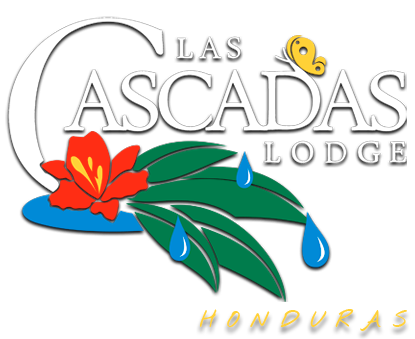Forests of the World
The Rainforest in Honduras
forestsoftheworld.org
The forest
According to the official forest map published by the Honduran forest authorities in 2014, Honduras has 5,398,137 hectares of forest, corresponding to a forest cover of 47.99%. The official map distinguishes between eight different forest types, of which the predominant types are moist tropical forests (roughly 48% of the forest area) and two types of coniferous forests (roughly 36%). Mangroves make up 51,578 hectares, corresponding to less than 1% of the forest area.
In terms of species diversity, Honduras has a rich flora and fauna, including various endemic species. According to the Honduran Ministry of Environment, MiAmbiente, Honduras has 7,524 registered species of vascular plants, 718 species of birds, 228 species of mammals, 211 species of reptiles and 111 amphibians, 2,500 species of insects and 672 species of fish. Many of these are threatened by habitat destruction as 82 vascular plants, 129 bird species, 71 mammal species, 17 reptile and amphibian species, and 71 fish species are included on the IUCN red list of threatened species or on the CITES appendices.
Besides providing habitat for an abundance of species, the forest ecosystems provide a wide variety of goods and services to the rural people living in and around the forest, including wood for construction and heating, medicinal plants, and food. However, the most important social service provided by the forest ecosystems is the supply of drinking water. It is estimated that 96.4% of the water sourced for rural households in Honduras is surface water sourced directly from the natural ecosystems.
Despite the important social and economic function of forests, the Honduran forest cover, like in most tropical developing countries, has been constantly decreasing as a consequence of forest fragmentation and deforestation the last decades. The exact rate of deforestation is in dispute due to changes in forest assessment methodologies, which has made comparisons difficult. According to one estimate made by the Honduran forest authorities in 2011, the deforestation rate between 2005-2009 was 28,395 hectares per year. However, other sources estimate higher deforestation rates, for example the Global Forest Watch, which has reported an annual loss of 34,385 hectares (assuming a forest definition of 75% canopy density) with no sign of a downward trend. The causes of deforestation are well-known with the primary drivers being subsistence agriculture, cattle farming, industrial agriculture and plantations, and illegal logging.
read more…
Las Cascadas Lodge
Las Cascadas Lodge is a getaway nestled into the coastal mountains of Honduras on the Rio Cangrejal. Nature, wildlife, eco-tours and more! Sleep next to a waterfall! Very private and exclusive. The lodge has something for everyone and is the perfect place to share private tranquility with your family or as a romantic retreat.
#waterfallhotelhonduras


